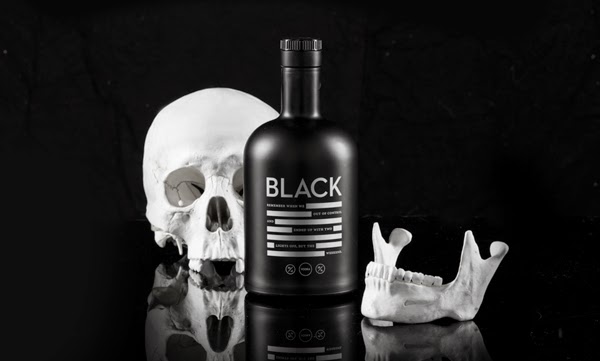In terms of layout for the publication, I decided to use a simple rule of thirds structure as I find it gives me the allowance to make the page structure quite diverse while maintaining a consistent aesthetic.
Much of Calvin Klein's designs for both clothing and branding is very minimal, and so I felt it was important to carry that on into my publication, so that it could appear to be a part of their branding. I chose to feature only one photo on each spread (unless the written content called for more than one).
I used the same concept for each page, featuring an image and text that cross the page in a strip, giving me the scope to use the negative space in a different but consistent way on each page.
To find an appropriate aesthetic for the visual elements to the publication, I first went onto the Calvin Klein website so that I could recreate something along the same lines.
The website stays the same way as much of the advertising photography, mostly black and white when the campaign features people, with a bit more of a difference in the fragrance, which use more colour. I didn't want to keep the whole publication black and white and so was quite interested in using quite a subtle colour infusion, perhaps just one fairly neutral colour.
I went on to look at some more of their campaigns to see which colour scheme would cement the publications supposed association with brand.
In much of these campaigns, the monochrome concept is maintained with one colour (the exceptions being the fragrance advertisements). I chose then to use varied tints of one colour, and use it in conjunction with varied tints of grey. I tried using a selection of blue and green tints, but landed on using a burgundy as this was the colour that I felt best complimented the black and white theme.
I tried some simple linear patterns but found that it would be easy for them to draw more attention that the images and text which were intended as the main focus of each page. In light of this I changed it to a simple polkadot pattern that would, like the images and text only feature in strips across the page.
I chose to vary the intensity of the colour depending on the images featured, as I found that a higher intensity in the colour complimented black and white imagery but that I needed it to be quite low on pages that feature colour images, as I didn't want them to become more demanding than the images.
I chose the images based on how I had broken up the content of the publication. I chose to make the order of content as chronologically correct as I could, starting with a brief introduction into Calvin Klein as both a person and a brand, including his first range of outerwear. After this I looked into his first venture away from that, sportswear, and went on to look at their iconic range of jeans. From this I looked into the 1980s, and then 90s, following some changes in the brand and controversies that followed them. I then concluded by looking at more recent campaigns.
I chose to have a campaign to focus on for each double page spread as it would be more informative this way than just glossing over some of the details in order to cover everything, I chose images based on which campaign/trend/controversy I had identified in the text.






























































































